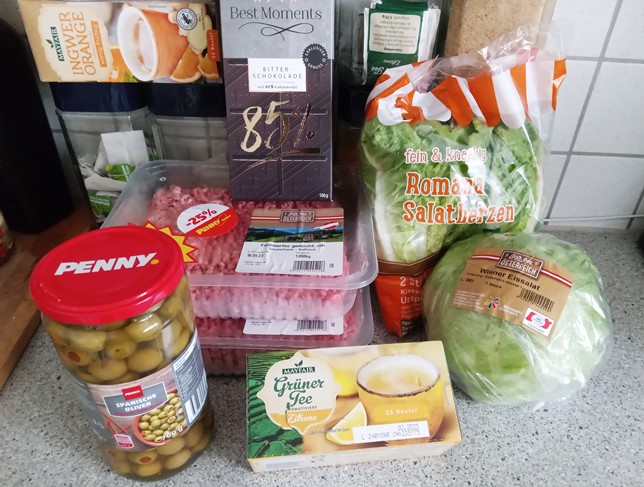
While the Austrian government, which currently comprises a coalition of the ÖVP and Grüne parties is constantly telling us how much better things are getting in Austria since they shut the country down for the better part of two years for a virus with over a 99% survival rate for most, reality seems to differ.
According to the latest data via Statistics Austria, the number of people falling into absolute poverty in Austria is continuing to rise, with the organization reporting 3.7 percent can no longer afford to pay basic expenses, or have enough money in savings to remedy a problem should it arise.
Absolute poverty rate in Austria more than 50% higher than 2022
Statistics Austria says that absolute poverty amounts to over 360,000 people who were what they call “severely mentally and socially deprived” in 2023.
The number of people living in absolute poverty in Austria in 2023 is also over 50% higher than in 2022 — 201,000 people or 2.3% percent.
That meant not only their income placed them in that bracket, but that they were also people who couldn’t afford any problem that cost over €1,370 to remedy, couldn’t afford an annual vacation, or were unable to properly heat their home as the cost of utilities was too high.
(If you’ve seen the prices Austrian utility companies have been charging in the last three years, you will know why on that latter one).
Meanwhile, the number of people in poverty (the regular kind, not the extreme) also rose in 2023, increasing from 17.5 percent to 17.7 percent of the Austrian population.
Who are the people in Austria living in extreme poverty?
While this reality strikes people of any age, it is affecting children in Austria more than any other group, with 88,000 children living in absolute poverty in 2023.
That is more than twice the number of 2022.
Children living in single-parent families were also affected the most, being four times more likely to be living in absolute poverty than children in other families.
Poverty didn’t evade families with two parents either, however, as many families with two adults and three or more children were also affected by poverty last year.
The high inflation rate Austria has been suffering under since mid-2021 is also making things worse as, even if people are working in steady full-time jobs (and many are not), their wages are not keeping up with stubborn inflation rates.
Those rates rose as high as 11.2 percent in January, 2023, before dropping to last month’s still far too high 4.1 percent. (Austria currently has the third-highest inflation rate in the EU, with only Romania and Croatia with it higher, and it doesn’t seem to be budging).
As if this couldn’t get any worse, there were also an additional 142,000 people in Austria with an income above the poverty threshold who were still living under so-called “disadvantageous living conditions”.
You can read the entire report at Statistics Austria, but let’s just say, with the Austrian economy likely to be suffering under stagflation by the end of 2024, with prices of basic necessities continuing to rise and wages not keeping up, and with stagnating economies like Germany’s dragging Austria’s down even further, I would say there is at least one silver lining to this economic mess.
At least we might finally be rid of the current Austrian government of Karl Nehammer (ÖVP – Austrian People’s Party) and Werner Kogler (Grüne — The Greens) when the next Austrian election rolls around in September, 2024.
Because, surely, your average Austrian voters understands how disastrous their policies have been for the Austrian economy, and how much Austrians need a massive change?
